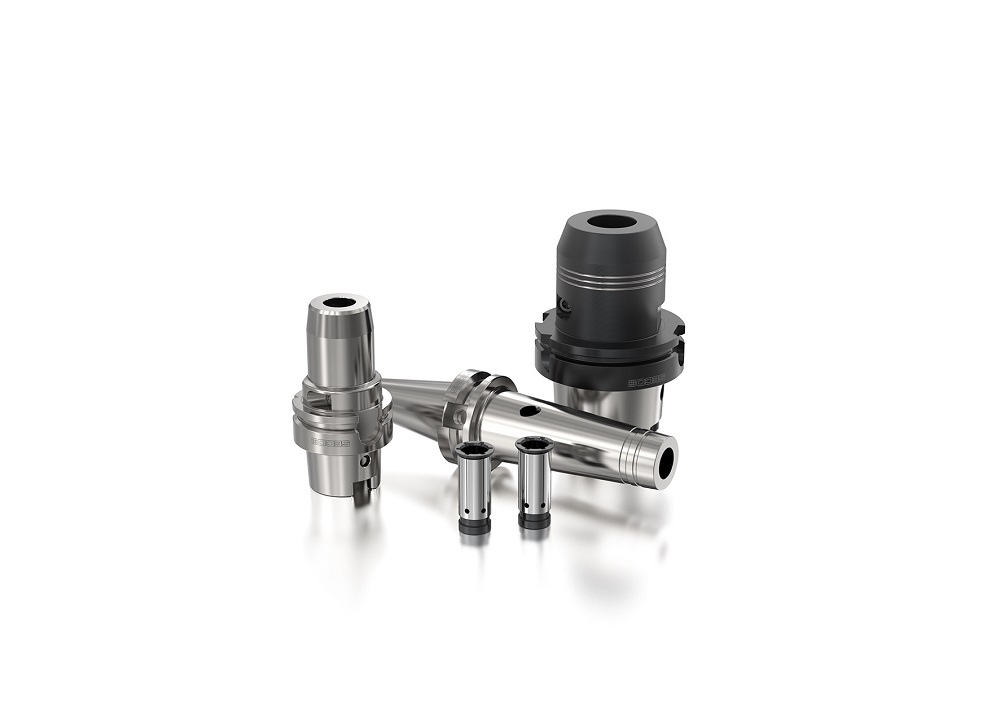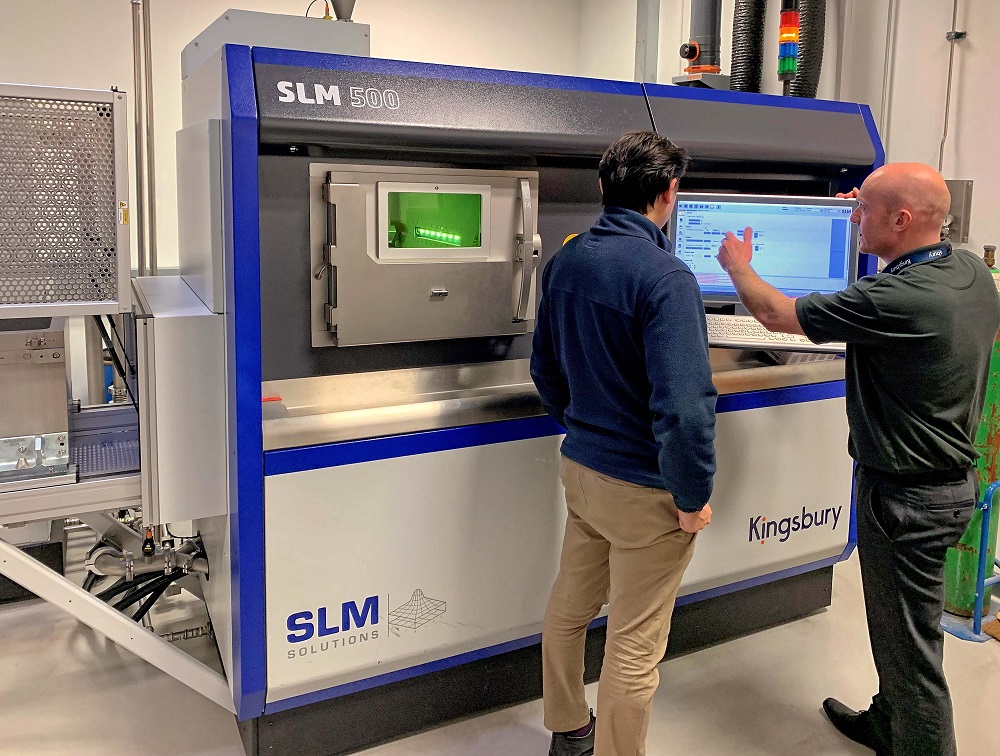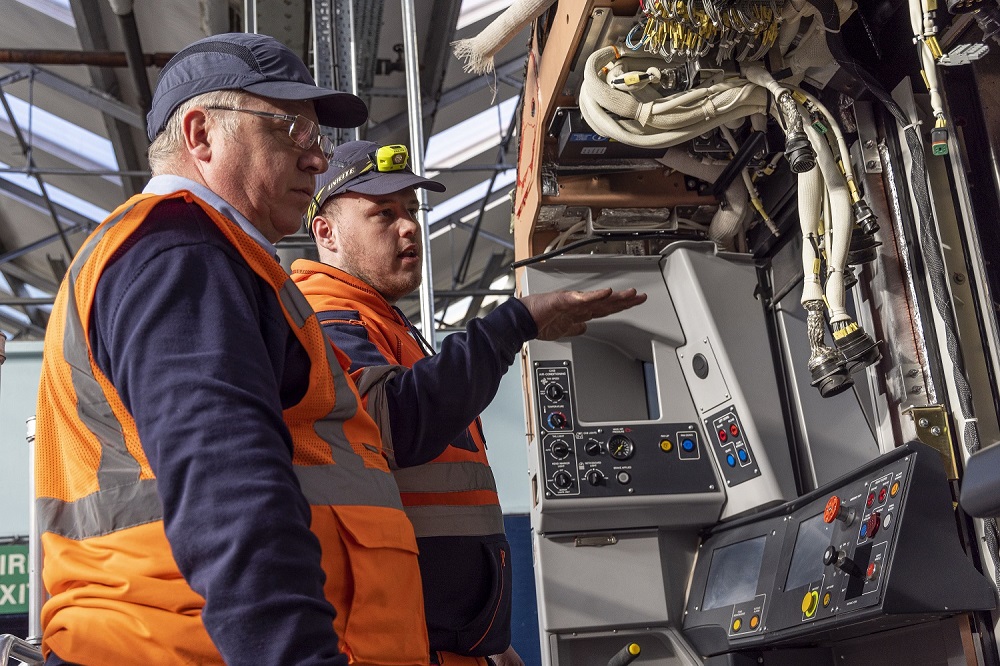Just a short distance from Silverstone, the JRM Group specialises in the design and bespoke manufacturing of solutions for the automotive, motorsport, aerospace, marine and medical industries. The Daventry-based company is also home to a prestigious racing division that has progressed through rallying, FIA GT1 and the GT3 endurance competition. When the ISO9001-accredited manufacturer invested in its first five-axis machine tool, it realised a high-end CAM system was a necessity.
The current plant list at the JRM Group includes a range of CNC and manual turning and milling centres.Recent investments include a DMG Mori LaserTec 30 SLM additive machine and a CLX450 turning centre, but it was the arrival of its first of three DMU 75 monoBLOCKfive-axis machining centres in 2017 that demanded an equally prestigious CAM solution. This is where Open Mind Technologies entered the fray with its HyperMILL CAM suite.
Discussing the introduction of five-axis machine tools and HyperMILL, CNC machinist and programmer at JRM Group, Mike Sutton, says: “We needed to progress our capabilities into five-axis machining and simultaneously realised that our existing CAM package was limited to three-axis machining. Undertaking due diligence with a complete review of the marketplace, we opted for HyperMILL, a decision influenced by the realisation that a lot of our motorsport customers and Formula One teams use this CAM software. It was a fantastic move as our experience of HyperMILL has been fantastic.”
The 40-employee company manufactures everything from prototypes and small batches for the motorsport, aerospace and defence industries, to jigs, fixtures and 3D-printed components, processing a complete array of materials. The closest that the JRM Group gets to production machining is a five-part wishbone assembly for a high-performance sports car customer in Germany that requires several hundred assemblies a year.
Looking at wishbone components produced on a five-axis DMG Mori machine, Sutton continues: “We’re currently using a cycle in HyperMILLcalled arbitrary stock removal, machining 25Cr 04 steel with a 40mm high-feed face mill. The tool is running at 8m/min feed rate with 0.5mm cuts. The cutting tool manufacturer recommended the 0.5mm cut, as the way to machine with high-feed cutters is to take small depths of cut at high speed. This is different to trochoidal milling, where you take larger depths of cut with a smaller radial value.”
When programmed with an alternative CAM system, the wishbone components had a cycle time of 4 hours. By adopting strategies such as arbitrary stock removal in HyperMILL, JRM has improved the machining strategy and cut the cycle time to 3 hours and 5 minutes. The 25% saving per part is impressive, especially when considering the company produces hundreds of wishbone parts a year.
This is just one example of how machining cycles within HyperMILLare making a positive impact on productivity at the JRM Group,as Sutton continues: “We have two seats of HyperMILLand the flexibility to program parts from home, the office or on the machine. Before joining the JRM Group, I hadn’t used CAM for almost 20 years. Today I’m using HyperCAD-S for designing all the jigs and fixtures we produce, and then all the strategies in HyperMILLto reduce my programming and cycle times. I can create models, jigs and fixtures by generating the geometry, surfaces and lines in HyperCAD-S. It may be a challenging thought process to design and clamp some of the parts that we have to machine, but with HyperCAD-S at least we know the drawing and creation of the jigs and fixtures is a straightforward process.”
At the JRM Group, producing jigs and fixtures is a significant role. For example, the company has recently won an order to 3D-print a family of up to 30 motorsport components, which will need finish-machining. To undertake this task, JRM will 3D-print the parts, but the company also requires the use ofHyperCAD-S to design the fixtures for clamping the non-uniform parts for finish-machining – a process undertaken with HyperMILL.
“HyperMILLwas new to me when I joined the company, but now I’m using strategies such as Z-level finishing, optimised roughing, drilling cycles, contour milling, ISO machining and 3D free-path milling with complete confidence. The more I use HyperMILL, the more my programming skills are developing.”
With impressive levels of support from Open Mind and an ever-improving level of experience, JRM is maximising the machining strategies within HyperMILLto reduce cycle times, programming times and machine set-up timessignificantly, while also reducing secondary finishing operations, and improving tool life and spindle longevity.
One example is the 3D advanced milling/complete finishing cycle, as Sutton explains: “We frequently machine large aluminium clutch covers that require a high-quality surface finish. The clutch covers incorporate a lot of flat and round surfaces in different directions and, to get the optimal surface finish, the tool path needs to move in the right direction with an optimised step-over. By applying HyperMILL’s complete finishing cycle, we don’t have to pick individual surfaces or create tool paths that need optimising, we can just select the optimal step-over rate –HyperMILL does the rest. On the clutch covers, we select a small step-over rate of 0.1mm and the machining strategy will automatically determine the tool-path directions for the best surface finishes. This may take longer to machine, but we allocate such cycles to lights-out machining, returning to finished components that require no secondary hand finishing, the following day.”
3D optimised roughing is another strategy within HyperMILLthat further enhances machining performance.
“When we use the 3D optimised roughing cycle in high-performance mode, we can plunge the tool to a large depth and then remove the material radially,” says Sutton.“This strategy reduces the stress and forces placed upon the tool and spindle. By plunging to the full depth, we can use the full tool flute length. Furthermore, by setting a metric step-over value, HyperMILLwill automatically calculate the step-overpercentage based on the tool diameter and the volume of material that requires removal. This enables us to achieve maximum material removal rates while prolonging tool life.”
Concluding on the company’s experience of HyperMILL, Sutton says: “It’s difficult to quantify the savings that we are achieving with HyperMILL, as our production is predominantly low-volume work. However, it’s evident that our business is enjoying success and continuous growth and, throughout this period, our tool life is improving, as is our spindle utilisation and throughput. Additionally, our programming times are continually falling as our experience with HyperMILLgrows and the ongoing development of the CAM system yields greater efficiencies. Essentially, we’re continually increasing our productivity,while our programming and machining times [and our tooling costs] are not escalating in line with output.This is credit to an extremely efficient CAM system.”
For further information www.openmind-tech.com



















